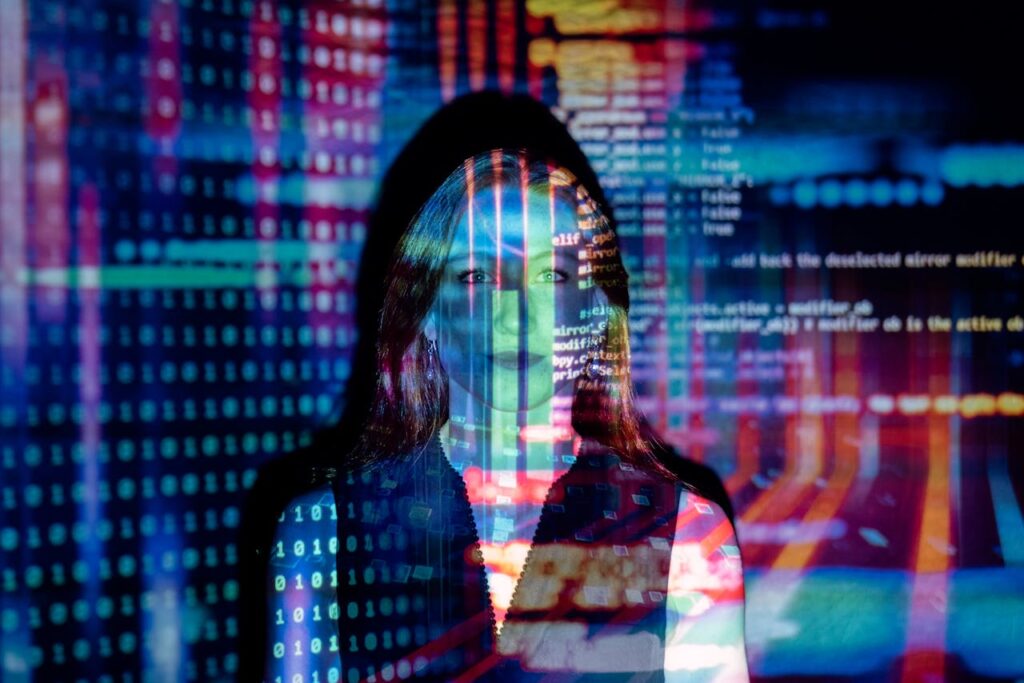How Artificial Intelligence Is Learning to Understand and Respond to Human Feelings is Known as Emotional Automation.

How Artificial Intelligence Is Learning to Understand and Respond to Human Feelings is Known as Emotional Automation.
In a world in which technology is gradually permeating every aspect of our lives, it was arguably unavoidable that robots would eventually start to perform something that was formerly regarded to be a totally human ability: they would pick up on and react to feelings. Emotional artificial intelligence, also known as affective computing, is not only the process of training computers to identify facial expressions such as smiles or frowns. Rather, it is the process of developing systems that are able to perceive the nuances of human emotion and react in ways that seem to be remarkably natural. Emotional artificial intelligence is increasingly becoming a part of daily life, with applications ranging from chatbots in customer service that can “sense” displeasure to automobiles that can detect driver weariness and modify themselves appropriately. However, as this technology continues to advance in its level of sophistication, it also presents significant concerns around things like trust, privacy, and the fundamental essence of human interaction.
How the Emotions of Machines Are Important
Emotional artificial intelligence is based on the premise that human relationships are seldom simply about words or actions alone; rather, they are heavily tinted by emotion. This principle is basic yet powerful, and it guides the development of emotional AI. It is possible for a virtual assistant to adjust its tone, provide assistance in a proactive manner, or even know when to back off if it is able to recognize when a user is experiencing stress or distress. In the field of customer service, emotional artificial intelligence may assist workers in responding with more empathy by emphasizing instances in which a caller’s speech shows indicators of dissatisfaction. In the field of medicine, it might improve the monitoring of patients’ emotional well-being over time, allowing for the early detection of symptoms of anxiety or sadness. Even in the field of education, emotional AI tutors may be able to recognize when a student seems to be puzzled or disheartened and modify their answers in order to maintain the learner’s interest.
How Artificial Intelligence Can Read Human Emotions
It is necessary to have a large amount of data in order to teach a computer to comprehend emotions. Facial expressions, voice tone, word choice, pulse rate, and even posture are all examples of inputs that are often combined by emotional artificial intelligence systems. Micro-expressions, which are transient changes in facial muscles that convey actual emotion, may be detected by a camera, for example. On the other hand, audio analysis tools can pick up on variations in pitch and speed that signal tension or enthusiasm. Using natural language processing, some systems are able to “listen” for words that convey emotions such as happiness, anger, or sorrow. There are also others that include biometric sensors, such as wearables that monitor the variability of the heart rate or the conductivity of the skin, which may be correlated with emotional arousal. Artificial intelligence is able to construct a more sophisticated picture of what a person could be experiencing at any given instant by combining various data sets.
Everyday life is already being altered by applications.
For example, one of the most obvious applications of emotional AI is in customer service. A growing number of chatbots and contact centers are using technologies that are able to identify instances of annoyance or impatience and escalate calls to human agents before the situation becomes more severe. The world of automobiles has seen the introduction of new cars that are equipped with cameras and sensors that can monitor the facial expressions and eye movements of drivers, alerting them if they seem to be sleepy or preoccupied. Virtual therapists or self-help applications that attempt to detect mood changes and react with individualized prompts or recommendations are examples of the types of mental health products that are beginning to use emotional artificial intelligence. It is also possible for smart home gadgets to experiment with mood monitoring, which involves altering the lighting or music in accordance with the emotional “atmosphere” of the family.
The Obstacle of Comprehending the Complicated Nature of Human Beings
However, despite the fact that emotional AI is outstanding, it is, and most likely will continue to be, far from flawless. It is possible for a person to experience both anxiety and hope at the same time. Human emotions are very individualistic, based on the circumstances, and often mixed. The manner in which we exhibit our emotions is also influenced by cultural variations; what may be seen as rage in one culture may be a sign of intense concentration in another society. In order to prevent erroneous readings that might either annoy or alienate users, artificial intelligence systems need to traverse this complexity with caution. There are ethical considerations to consider in addition to the technological challenges: Should it be possible for computers to monitor people’s emotional states? What happens to the information that is very private about our feelings and our mental health?
This is a future in which machines will feel (almost) human.
Despite these challenges, emotional artificial intelligence (AI) continues to make progress, driven by the need for technology that is more intuitive and focused on people. Imagining a future in which virtual assistants not only plan appointments but also check in with us in a kind manner if they detect that we are feeling low at the moment. One example is a situation in which elderly persons who live alone get proactive calls from a companion bot that detects feelings of loneliness. By identifying early indicators of emotional discomfort, emotional artificial intelligence might be used to supplement human care in the healthcare industry. This would make it simpler to respond before issues became more severe. However, artificial intelligence might also be used in artistic professions to assist artists, authors, and filmmakers in exploring new emotional landscapes by recommending topics or moods depending on the emotions of the audience.
How to Strike a Balance Between Your Empathy and Your Privacy
There is a decision that society must make as emotional artificial intelligence gets more thoroughly woven into our devices and services: how to accept the advantages while maintaining what it is that makes us human. Users should always be aware of when their feelings are being examined and the reason for doing so. Transparency will be of the utmost importance. In order to ensure that data is maintained safely and utilized in an ethical manner, the companies who are building these technologies will need to strike a balance between innovation and accountability. It is important to remember that while robots may acquire the ability to identify a weeping voice or a tired sigh, they should not be allowed to become guardians of our most private emotions.
In conclusion, technology that evokes feelings of nostalgia AI represents a significant advancement in the field of human–machine interaction. The capacity of technology to “feel” — or at least approximate sensation — promises to make tools and experiences more responsive, empathic, and intensely personal. This is accomplished by giving technology the ability to “feel.” Nevertheless, it forces us to consider the question of what part we would want technology to play in our emotional life in the first place. By using it in a strategic manner, it has the potential to transform technology from a cold instrument into a friend that comprehends our needs and wants. However, it is up to us to choose where the boundary should be established between beneficial and invasive information, and it is important to keep in mind that while AI is capable of detecting emotion, only humans are able to actually experience it.




